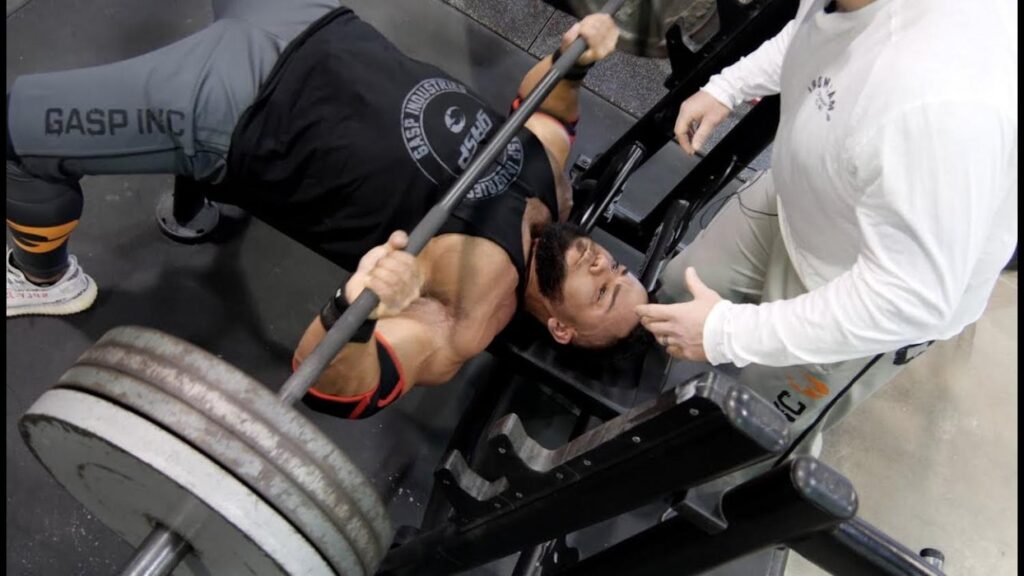
I GUARANTEE you are doing this WRONG
Ryan Humiston shares his hilarious but factual perspective on the science behind common mistakes in squatting form, as well as how to correct these errors. Check out the video.
In this video, we’re going over how to optimize the growth of leg muscles by manipulating the form and finding squat variations that create the longest possible moment arm at the joint.
As a joint moves away from the line of force, it creates a moment arm, and the greater the moment arm, the more torque on the joint, which increases the demand on the supporting muscles. The muscles that get the most stress or tension are dictated by which joint is furthest away from the line of force. The traditional high bar squat has a relatively equal-sized moment arm in the hip joint and knee joint when the femur is parallel to the floor, while a low bar squat biases the hip joint, and a front squat biases the knee joint.
I use a hack squat as an example of how to apply this information. The hack squat is a great exercise for the quads because it allows the creation of the longest possible moment arm from the knee joint. However, after hitting parallel and continuing down, the moment arm of the knee joint decreases before contracting the weight up, which makes the movement easier on the quads. To optimize the exercise, it is best to walk the feet down to the point that the bottom of the movement keeps the moment arm of the knee joint at its greatest, while simultaneously decreasing the angle of the knee joint to increase stress on the quads.
As well as other practical ways you can apply this to your training when you’re trying to specifically target glutes or quads.





